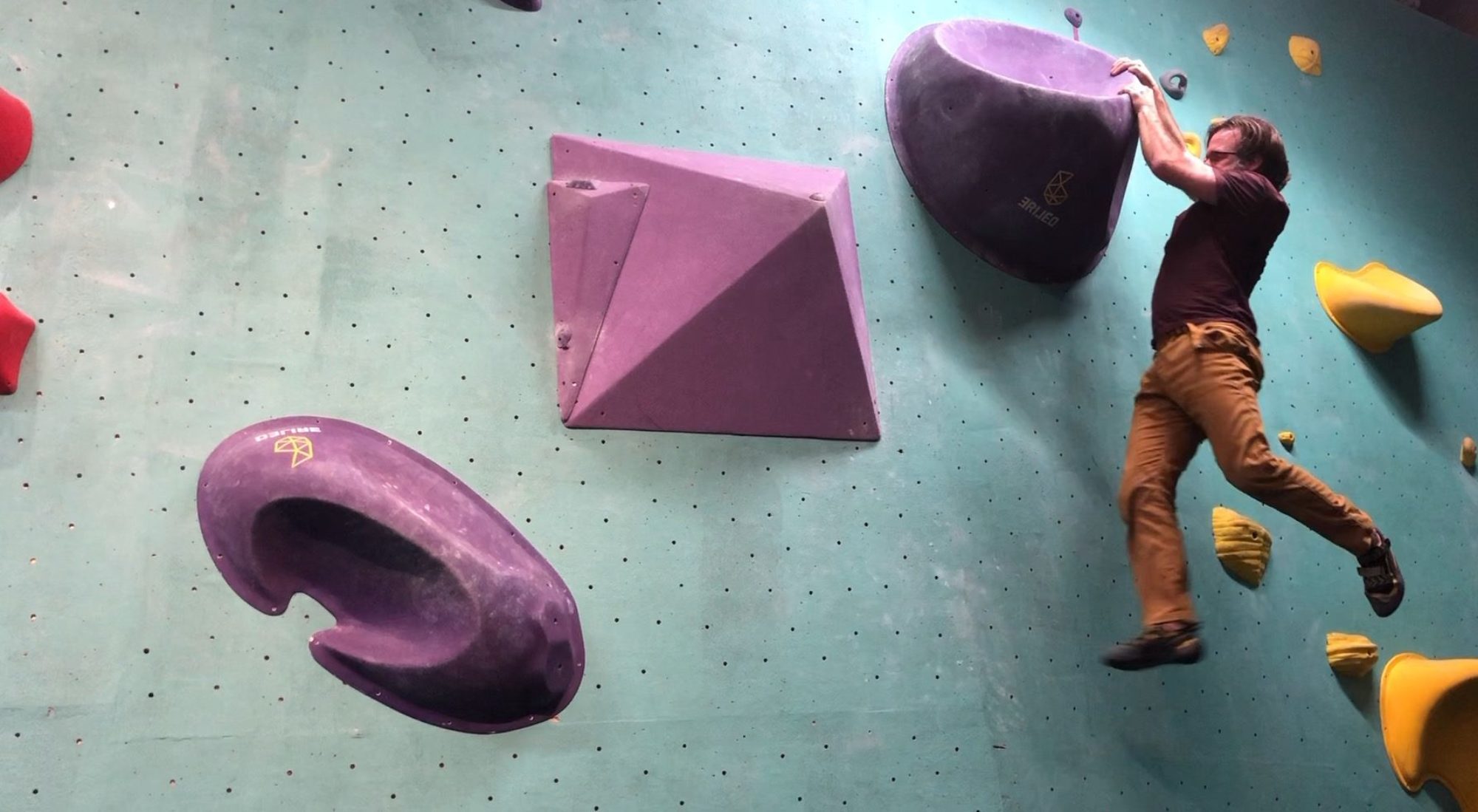Last week I demonstrated that the foot is the foundation of your posture (see: Injury Prevention Begins at your Foot). In the article I discussed the role of the feet in providing stability and mobility for the body and gave examples of corrective exercises to build strength, stabilization, and mobility in the foot. Today I will talk about the hips.
If the foot is the foundation of your posture, the hips are the ballast. The hips provide stabilization, counterbalance, and mobility with an incredible range of movements such as squatting, lunging, jumping, running, walking and climbing stairs.
I discussed a couple of weeks ago that we no longer move the way we were designed to move. We spend hours and hours each week sitting: in front of the computer, in our cars, and in front of the television. The position of sitting places the hips in flexion, or a forward bend, and effectively turns off the postural muscles of the lower core. When the postural muscles turn off they no longer provide stabilization of the hips and low back.
Again, going back to a few weeks ago: When it comes to movement and injury prevention, stability is king. Since stability is so important to movement, when your postural muscles lose their ability to function, your body MUST do something about it. When it comes to the hips, your body recruits stability from the gluteals and hip flexors, both movement muscles. The hip flexors and gluteals take over stability control of the pelvis. In doing so, they are weakened, atrophy and lose functional ability as mobile muscles placing greater stress on the hamstrings and low back. This leads to significant reductions in the range of motion of the hips and secondarily to the shoulders, knees, and feet. It also leads to the saggy bottom phenomena which plagues both men and women. Reduced range of motion causes imbalances throughout the body, which ultimately leads to dysfunction, pain, and injury.
The gluteals are especially important when it comes to posture. Remember, the hips are the ballast of the body, with most of the stability and counterbalance generated through the gluteals, and more specifically the gluteus maximus. The gluteus maximus is the most powerful muscle in the body providing the necessary leverage that sets our species apart from all others – the ability to stand up-right. As I mentioned above, sitting causes the gluteals to lose functional ability, which affects our ability to stand with a well developed up-right posture. Turning the gluteals back on is vital to re-establishing a strong stable posture and developing a nice powerfully round bubble butt.
In order to balance your hips, it is important to flip the switch back on in the postural muscles around your pelvis to remind them to provide for stabilization, and to recruit the mobile muscles to do less stabilization and more mobilization. This can be accomplished through the use of deep tissue massage therapy with a focus on the fascial system, self-massage using a foam roller, flexibility training, corrective exercise, functional strength training, and barefoot or minimalist walking and running.
Below are examples of corrective exercises to help establish functional range of motion, stability and mobility of the hips. I recommend performing these (in combination with the exercises in Injury Prevention Begins at your Foot and next weeks blog on the shoulder) 2-3 times a week for 4-8 weeks. This will establish a balanced and stable posture preparing your body for more functional exercise.
Self Myofascial Release Using a Foam Roller
The goal of self-myofascial release is to speed up the healing and recovery process, reduce pain, improve joint range of motion, balance the body, and prevent injury.
Balancing on one foot, tap your toe in three spots for one minute on each leg.
Hip Bridge


Single Leg Hip Bridge

Bridge or Plank


Side Bridge or Plank


Same starting position as the hip bridge. Instead of holding the position, you will do presses, raising and lowing your hips off the ground. Make sure to press through the heels of your feet (keeping feet flat), and squeeze through the glutes at the top. 20 repetitions.
This is a more challenging progression to the hip press.
[email_link]



Jesse: i already do these in yoga…so do you recommend I do these post and pre run? Do I add these to those exercises and roller therapy I am already doing?
Hi Trissa,
No this is separate from self-massage and running. Do this 2-3 times a week as a part of or replacement of your strength training program. After about eight weeks you can cut it back to once a week for maintenance.
Jesse James Retherford
https://tao-fit.com
Okay. Thanks. 🙂
Your welcome Trissa.
I have a question for you. Do you receive an email notification when you receive a response to your comments?
Jesse James Retherford
https://tao-fit.com
No.. i sure don’t. Am I supposed to???